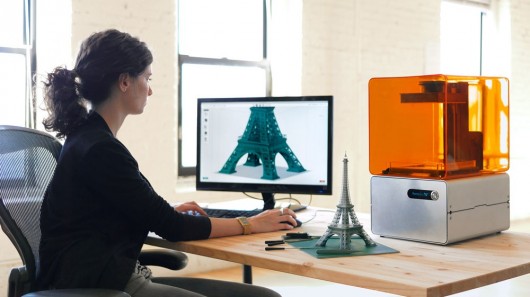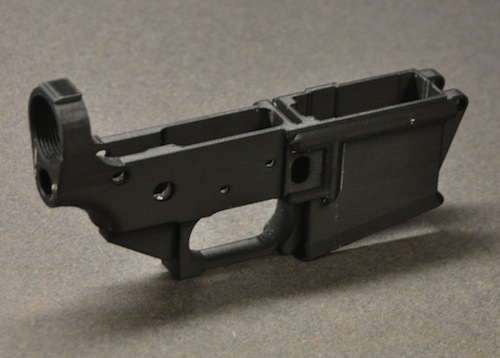The Other 1%
Recently, I was giving a last minute impromptu talk on the rise of ubiquitous CNC machines in the home at an unconference up in Seattle. The event was called CyborgCamp, and was loosely about the way humans augment themselves with technology. The highlight for me was a talk about a fellow who had turned himself into a publicly traded human. Corporatism and the hive-mind driven to one logical end conclusion. It was fun.
Sometimes I like having opinions in public. The title of my talk was, “The Coming Suburban Manufacturing Center.” The central thesis, which I’ve written about here before, was that there is a missing piece in 3D printer/Laser cutter/Mill holy trifecta of desktop DIY machines. That’s the CAD/CAM software needed to drive them. In the coming years your ability to design the world around you will be the core skill which keeps you from becoming a factory robot.
In the Q&A someone asked me this question,
“but Mike, once everyone has 3D printers and Laser cutters in their home, won’t they just print out shit they downloaded from the internet? What do they need CAD software for?”
In all likelihood this is what most people will do. 1%
 We'll always have Paris.
We'll always have Paris.
I think the goal is to increase the absolute total number of people with access to this technology, not to move the percentage of people with access who use it to do something novel. For one, I think novelty is way, way over rated. Our society places a huge value on the lone inventor, that genius who comes up with a new idea that changes the face of the world. Probably because those events are so phenomenally rare.
I feel like the execution of an idea is more important. If you have an idea, but can’t deliver, at best you serve as a warning to others. Worse still, you can run the risk of having this idea in the Plains of Poor Execution, where you do it just poorly enough to demotivate others from doing it well.
The reason increasing the number of people with access to technology is important, is that for innovation to move quickly, best practice usage patterns for that technology need to hit as many people as possible. If there’s a very small number of people who will stumble across the Truly Original Idea, they way we get to a world where we find more of these innovations is to run as many parallel experiments as possible.
Where does innovation come from? Some people think it comes from play, and play comes from undirected access to resources. That “undirected” part is important and ties directly back to the original need for universal access to an ability to design our world around us. Locked up in ivory towers, behind a prohibitively expensive cost-of-entry, these tools end up serving the rigid motivations of the industries willing to invest in the up-front capital expense.
To put it another way, your boss at Lockheed-Martin is unlikely to be happy with you designing your art project on the $40,000/seat CAD packages you use to design strategic missile defense systems during the day. Undirected access to creative tools creates an explosive expansion in creativity. The Internet being the best example of this phenomenon. Access to increasingly easier to use CAD/CAM software has the potential to completely reshape our world, with a potential impact as important as the Internet.
 Now available online.
Now available online.
Democratization of design tools also has some drawbacks. It puts a lot of noise in the signal, and in the coming suburban manufacturing center we can expect to see all kinds boogymen pop up. Intellectual “property” theft. Invasions of privacy. Weapons. I can see a world not far from now where owning a 3D printer could require a license & logs. The hoopla over 3D printed weapons has a lot of policy makers panties in a knot, but the really strange scenarios are yet to come.
Which brings us to the Other 1%: the designers of the modern world. There is an immense privilege in being able to create ones world around oneself, instead of having it created for you. There’s the obvious economic opportunities it creates, but the process of design opens doors of all of other kinds. The process itself generates more opportunity to take that experience and use it solve problems in other domains. We’re going to see more and more conversations about who should have access to manufacturing technology, and what form it should take. It’s going to change our laws, and our society.
when i was your age...
What is interesting to me, is that it is becoming increasing useful to frame access to design tools, and the knowledge of how to use them, as a form of privilege. Much in the way that we discuss gender, class, and race privilege. Those that have it will be designing the world for everyone else who does not. The thing about this technological privilege that’s different than the others though, is that I hope it’s going to be a lot easier to improve.